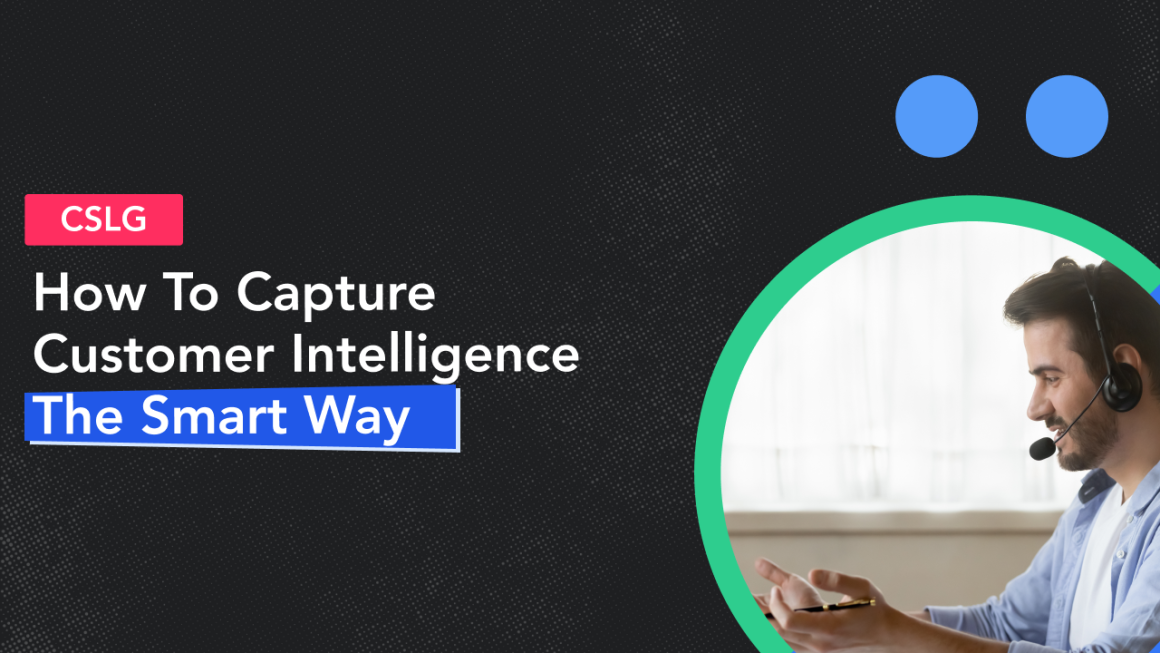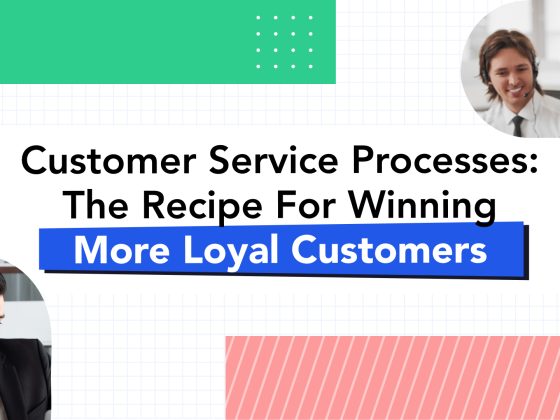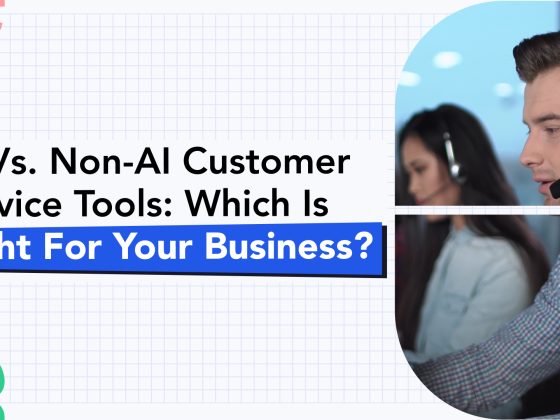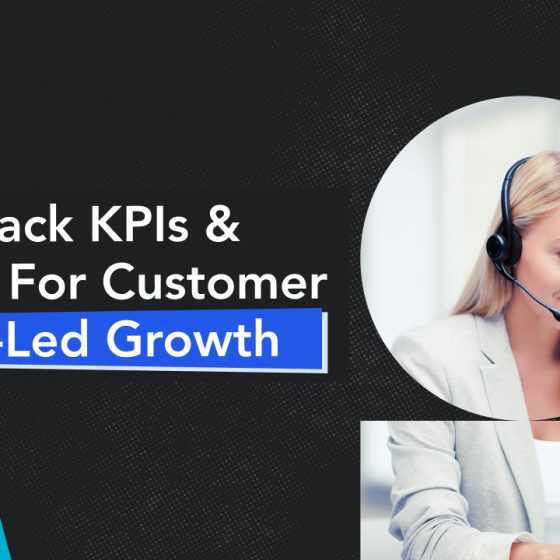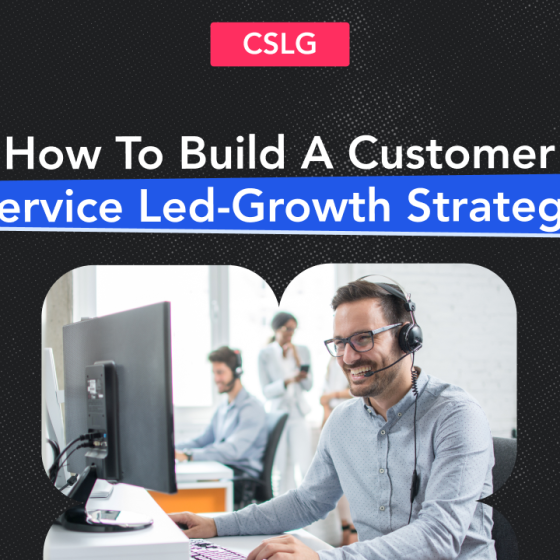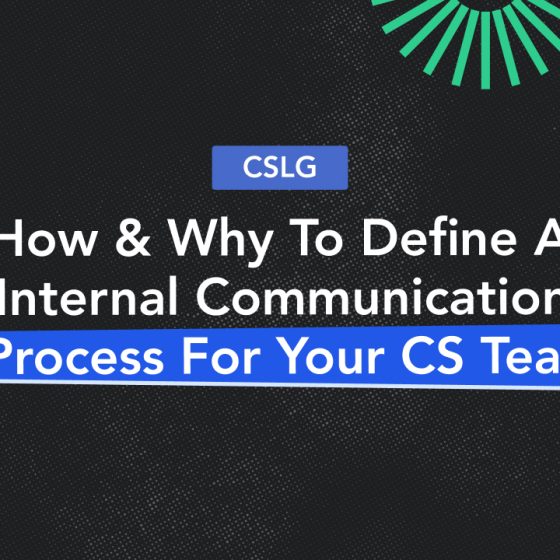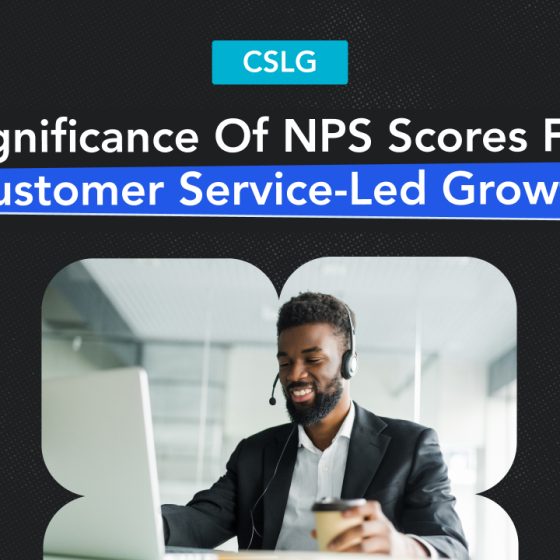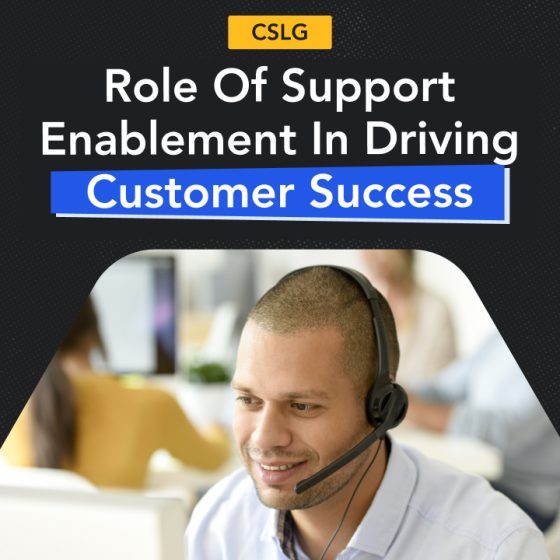Amazon’s CEO, Jeff Bezos, is known to leave one seat empty at the company’s executive meetings. It’s for the most important person in the room—the customer.
And while pulling up empty chairs for your customers at every meeting might be a bit dramatic, it’s a powerful metaphor. Keep your customer top of mind in every business decision.
The first step towards doing this is to capture intelligence about your customers and competitors. The customer intelligence data you collect will help you understand your customers and their needs so you can improve conversations and provide more tailored service.
77% of consumers view brands more favorably if they seek out and apply customer feedback. So if you want to be among your customer’s most favorite brands, then you need to follow these five steps for capturing customer intelligence, the smart way.
1. Collect customer feedback
Here’s the cold, hard truth about your customers: if you never collect their feedback, you’ll never be able to create personalized experiences for them. And without personalized experiences, you can kiss customer loyalty and retention goodbye. 👋
Customer feedback is valuable for understanding what works for your customers so that you can improve their experience and adjust your actions to their needs. Sometimes customer feedback can be music to the ears, and other times, a dagger to the heart. Nevertheless, you need to collect it all. The good, the bad, and the ugly.
Customer feedback is valuable for improving the customer experience and adjusting your actions to their needs. Sometimes customer feedback can be music to the ears, and other times, a dagger to the heart. Nevertheless, you need to collect it all. The good, the bad, and the ugly.
There are different types of customer feedback too. And the type you collect will depend on the industry you’re in and the sorts of products and services you deliver. When it comes to driving customer-service led growth (CSLG), the most common types of customer feedback you can expect to collect include:
- Surveys: NPS surveys are great for measuring customer satisfaction across most industries. For example, NPS surveys have helped Apple generate over $25 million in additional revenue in a year. CSAT surveys are another method of acquiring customer feedback and can also be used across various industries.
- Feature requests are most commonly used by SaaS companies, eCommerce businesses, and others types of digital-first businesses. They usually arise from a customer’s pain point—they want to do something but can’t.
- Online review sites such as Trustpilot and G2 are typically listed by industry and product type, so you can use them to compare yourself to competitors in your own space.
- Feedback from customer support teams: Your support team is at the forefront of customer collaboration, so they have valuable insights into your user’s needs and customer service expectations.
- Customer interviews enable you to dive deeper into your customers’ opinions. No matter what industry you’re in, interviewing your customers will help you discover what drives their purchasing decisions. You can then tailor your customer service based on their feedback.
Learn more about how to capture customer feedback for customer service led growth.
2. Gather competitor intelligence
The next thing you need to find out: How does your customer service stack up against your competitors? 👀 Sizing up your competition and understanding what they are doing to attract and serve their customers will help you identify ways to offer even better customer service.
You can get intel on your competitors in a lot of ways that don’t require donning a trench coat 🕵️ or hacking their confidential data. There are plenty of perfectly legal and ethical ways to collect competitor intel, from perusing their social media to reading customer reviews on sites like G2, Capterra, and Trustpilot.
When collecting competitor intelligence, look for gaps in the quality of your competitor’s customer service and identify ways to improve on it by asking:
- How can we differentiate ourselves from the competition? Is there anything your competitors do exceptionally well with their customer service? Is there anything they do poorly? Look for areas where you can add extra value to your customer experience to help you stand out from the competition.
- How do competitors engage with their customers? For example, how do they handle negative feedback, or how quickly do they respond to questions?
- What kind of service do they provide? For example, is it predictive, self-serve, or personalized? Studying this will give you a good idea of your current positioning in the market and ways you can offer similar or different services.
- What are customers saying about them? Analyze reviews to understand and address the pain points of your competitor’s customers. For example, let’s say you discover that many of your competitor’s customers complain about long hold times. You can offer better service by deploying AI or offering self-service to customers.
The leg work you put in during your research will help you develop strategies to enhance your services and outshine your competitors.
3. Create a customer profile
A customer profile is key for achieving CSLG because you can use it to guide and inform every interaction your customer service or customer experience teams have with your customers.
Imagine that you’re a matchmaker who helps hopeless romantics find love. One of the first things you’ll need to do is get your clients to describe their ideal partner. Do they want someone who likes long walks by the beach and candlelit dinners? Or maybe they prefer someone edgier who likes to walk on the wild side. Your client’s ideal partner is the blueprint you’ll use to help them find “the one.” It will guide and inform the type of suitors you match your clients with and the types of dates you’ll set them up on. ♥️
Creating customer profiles work the same way. A customer profile is a snapshot of your ideal customers. It covers demographic data, customer pain points, interests, and typical buying patterns.
Each customer profile is a blueprint for how a customer thinks and how they’d like to be treated. Armed with this information, you can add more value to every point of contact with your customer base and predict future behavior. The result is personalized customer experiences and optimized retention and loyalty. ♥️
Learn more about how to create a customer profile for CSLG.
4. Develop customer use cases
It may be cliche, but it’s true: the best way to understand your customers is to walk a mile in their shoes. 👞👠 For CSLG, that means walking through the steps your customers would take when using your product. You can do that by developing a use case.
A customer use case describes how customers will use your service or product. It helps you brainstorm all the possible customer interactions, including best- and worst-case scenarios and any critical variations or exceptions.
For example, let’s say an e-commerce store decides to deploy a chatbot on its website to help with customer service. A use case would outline, from the user’s point of view, all the possible conversation scenarios they would have with the chatbot to solve their problems. It would consist of the following components:
- The user: a person who interacts with the chatbot to achieve a desired goal.
- The user’s goal: what the user hopes to achieve when interacting with the chatbot.
- The necessary steps for the user to complete the goal: including the outcome and how the chatbot will respond to each step.
- Alternative scenarios for each step: each scenario will lead the user from the start of their interaction with the chatbot, to a recommended solution based on their individual goals.
A use case makes it easier to understand what problems your customers are trying to solve so that you can deliver specific services tailored to solve these issues.
5. Conduct a win/loss analysis
As the saying goes, you win some, and you lose some. When it comes to CSLG, you’ll want to learn WHY you’ve lost or won customers so that you can identify patterns to help you improve your future customer service processes.
This can be done by performing a Win/Loss analysis. It involves reviewing sales and CRM data, and interviewing customers to reveal why customers chose your product or abandoned ship.
Because this process involves talking to real customers about their purchase decisions, you have a higher chance of receiving honest and uncensored feedback.
For example, you might find that your personalized white glove service won customers over. Or you might discover that your business’s long response times to queries put off a lot of people. Whatever the case, a win/loss analysis will give you more contextual information about why your company has customer service success or why it struggles in this area. You can then use these insights to fine-tune your CSLG strategy.
Good Customer Intelligence Creates an Intelligent Customer Experience
If you only remember one thing from this article, let it be this: if you want to retain your customers, then make it your priority to capture their feedback. Your customers are a gold mine of information about what they like and expect from your customer service.
So you better start digging if you want to turn that gold into cash. 💰
Try Helpwise to take the first step towards adopting a customer service-led growth strategy.
